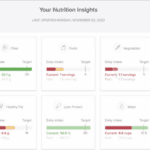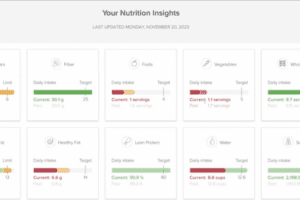Dan O’Connor, Vice President, Service Desk Delivery at HCTec, says that resolving a customer service call involves a lot more than fixing the problem that the customer bought. You have to leave the customer feeling that you cared about them. Conveying that sense of care might be more important than solving the problem.
Furthermore, every call is about patient care, even if it’s helping a staff person use their computer. That’s because they are all ultimately serving a patient.
In this video, O’Connor explores service desks with Audrius Polikaitis, Chief Information Officer at UI Health, which serves several campuses at the University of Illinois. Originally, UI Health assigned tasks to multiple departments—IT, facilities, etc.—but decided they needed a “single front door” for anyone needing help. They do ask callers to distinguish between regular service and the “clinical service desk,” which mostly helps people use the EPIC EHR.
They started contracting with HCTec in 2019, for both better quality and lower costs. A vendor dedicated to service desks, such as HCTec, can handle logistics such as scheduling and training the service desk staff. It can better scale up and down to handle 24/7 services.
UI Health switched its EHR to EPIC in 2020, planning to do intensive training for service desk workers after the switch. A small hitch intervened: the COVID-19 pandemic. Among other things, HCTec and UI Health had to figure out how to do all their training and onboarding virtually with employees who weren’t used to virtual meetings over Zoom like they are now.
HCTec and UI Health managers meet every couple weeks to determine next steps and figure out how to make the service better. “Knowledge articles” are created to explain UI Health’s unique policies to the service desk staff.
HCTec is also starting to use AI in a few places to collect data that will be useful when improving services. For instance, with their service desk a recording can be made of each service call and AI is used to generate a summary that can be used later as both a record of what happened and guidance for improvements.
O’Connor and Polikaitis speculate in the video about ways that AI can be useful in the future. But Polikaitis emphasizes, once again, that calls must be met with empathy, and that currently only a human can do that.
Watch the video for more background on what measures are used to evaluate the service, how quality issues are flagged, and more about how to run an effective service desk for your organization.
Learn more about University of Illinois Health: https://hospital.uillinois.edu/
Learn more about HCTEC: https://hctec.com/
Listen and subscribe to the Healthcare IT Today Interviews Podcast to hear all the latest insights from experts in healthcare IT.
And for an exclusive look at our top stories, subscribe to our newsletter and YouTube.
Tell us what you think. Contact us here or on Twitter at @hcitoday. And if you’re interested in advertising with us, check out our various advertising packages and request our Media Kit.
HCTEC is a proud sponsor of Healthcare Scene.














Add Comment